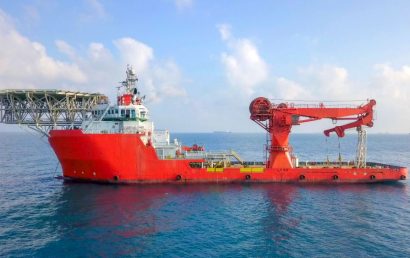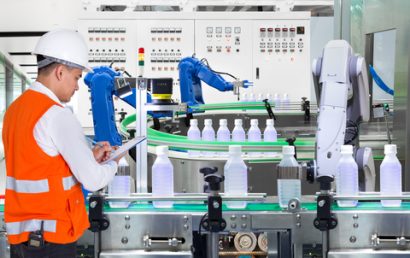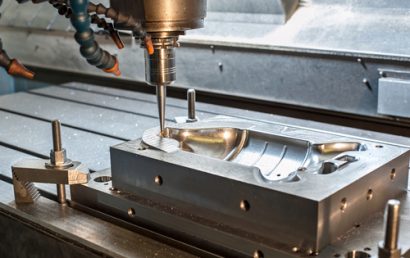Aerospace Uses Hard Chrome Coating Replacement For Improved Component Life
Aerospace companies have long sought ways to improve and maintain performance in a more economical manner. The operating environments involved in aerospace push components and materials to their very limit through corrosion and abrasion. The design capabilities of these components had to be improved significantly. But what to do? Replacing high-velocity oxy-fuel coatings and hard chrome plating became the industry’s best bet.
Why Worry About Wear?
Why is the aerospace industry so concerned about wear? Wear and corrosion must be avoided at all costs because they can negatively impact seals. Rotating shafts and aircraft hydraulic actuator leak-tightness depend on seals. In environments that promote corrosion and abrasion, the surface finish of piston rods and metal seal tracks can degrade. This accelerates the rate of seal wear.
Cadmium and Hard Chrome Plating
In order to protect seal components against galling, corrosion, and wear, HCP (hard chrome plating) has been used. Unfortunately, tighter restrictions are being imposed by OSHA (Occupational Safety and Health Administration), among other organizations, which will have a direct effect on the use of hard chrome plating (due to the carcinogenic hexavalent chromium salts used in the process of application).
Fortunately, VI (hexavalent chromium Cr) also provides corrosion resistance and is being used in the aerospace industry. Additionally, it enhances subsequent coating layer adhesion. The need for alternative protective coatings, as opposed to HCP, is urgent.
A Closer Look At Alternatives to HCP
Emerging processes, and some already established alternatives such as thermal spread HVOF, are being used as alternative treatments (again, as opposed to hard chrome plating). Processes on the horizon include PVD (physical vapor deposition), electro-deposited nanocrystalline cobalt-phosphorus alloys, explosive bonding, and electroless-nickel composite plating. Spray coatings such as HVOF are currently considered exceptional alternatives, but they are not without individual limitations.
Alternatives and Their Drawbacks
The thickness of PVD coatings can be accurately controlled and produce an exceedingly hard layer. Unfortunately, they have limited load-bearing capacity and, they’re very thin.
Thermal spray coatings simply cannot be applied to internal surfaces, even though they are capable of building a durable, thick layer. When applied to intricate shapes, they usually require postcode grinding, which cannot be accomplished. The grinding is needed because the surface produced is porous and rough.
Various electroless and electroplating coatings have inferior wear resistance and a lower hardness than hard chrome plating. This is unfortunate because they are far better suited for complex shaped parts and internal surfaces than some other coatings.
And finally, metal plating may not sufficiently adhere to steel substrates, so it provides insufficient corrosion protection.
Aerospace Creates a Solution
Low-temperature CVD coatings (chemical vapor deposition) may be the answer to increasing the component life of aircraft. These coatings are tough and provide a solution that is commercially and technically viable, and practical.
Also developed as a replacement for hard chrome plating is the Hardide-A variant. It is an exciting prospect because, when spray coatings are unusable due to geometries and designs, the Hardide-A variant can step in.
Hardide CVD coatings are capable of creating a dense layer. These layers provide pore-free, uniform coating for complex shapes and internal surfaces.
Hardide nanostructured CVD coatings are outperforming HVOF and HCP providing a tough barrier for fighting off fatigue and corrosion.
A & A Coatings knows all about protective coatings and how they can enrich your business. Give us a call today to discuss the possibilities of using thermal sprayed protective coatings on your parts, machinery, components, or products. You’ll be glad you did.



